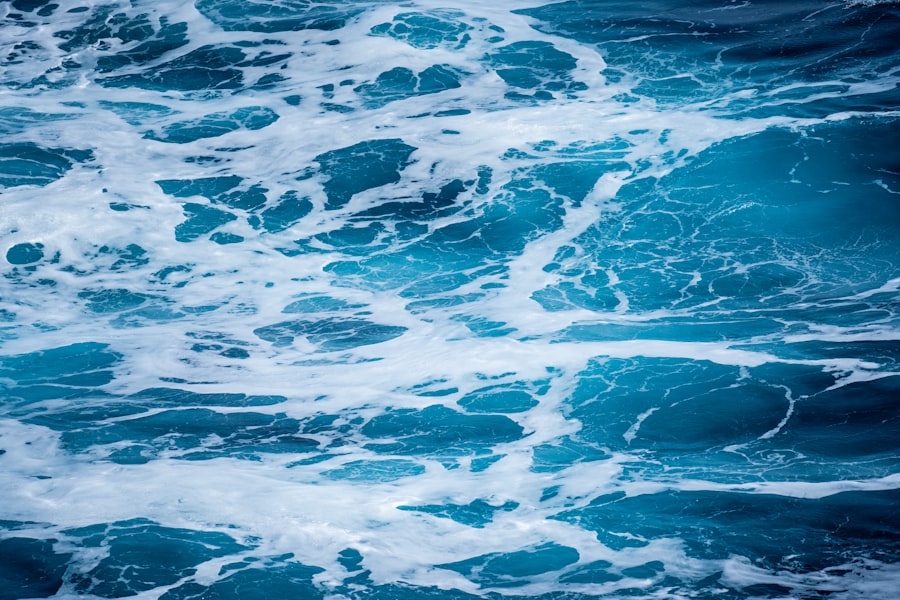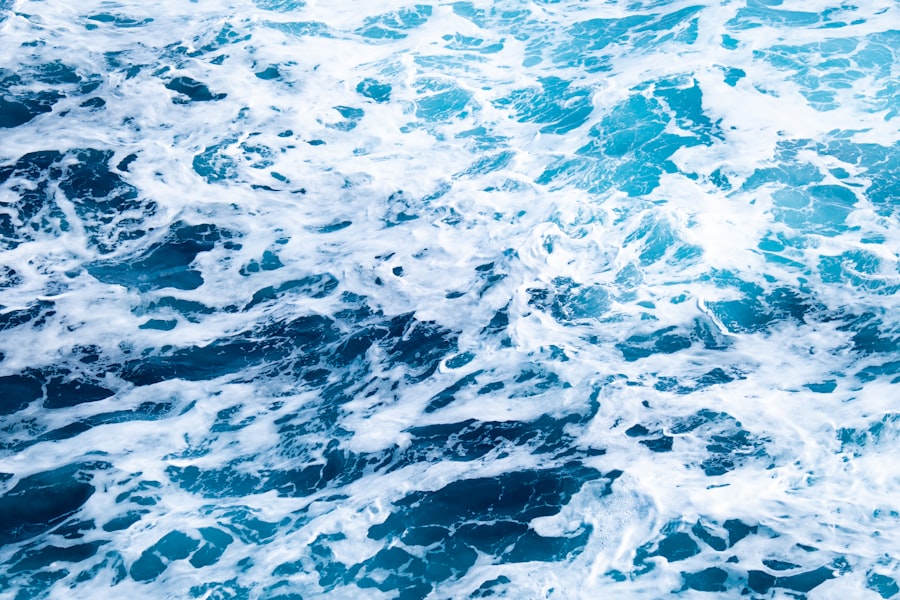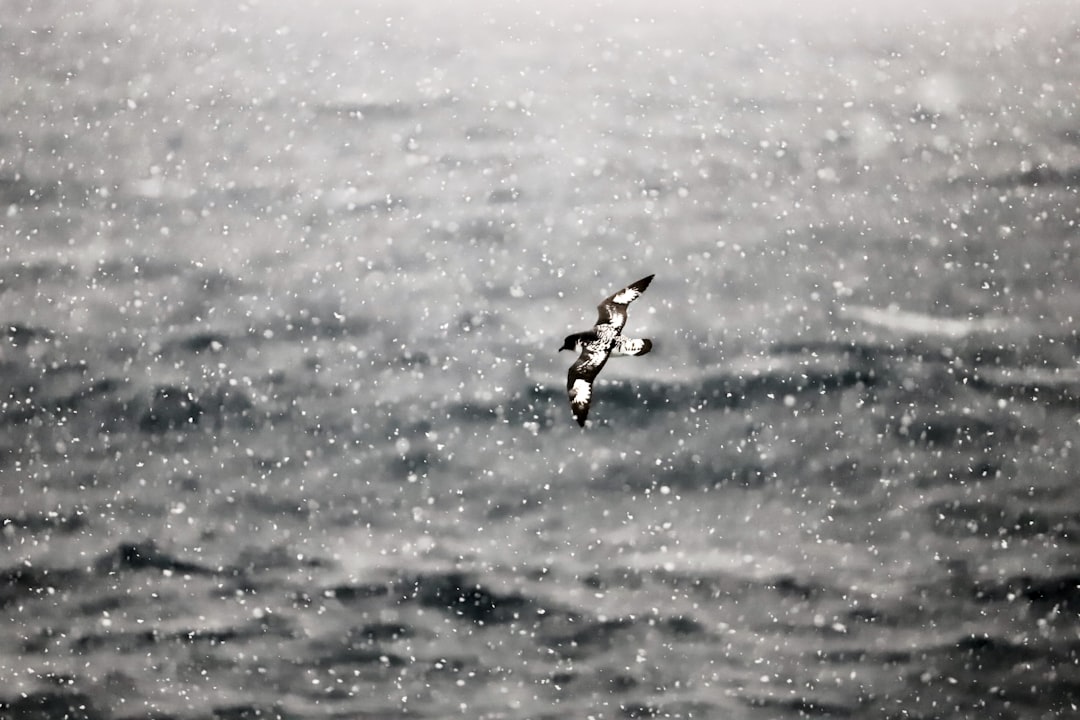The Drake Passage and the North Sea are two significant bodies of water that play crucial roles in global maritime navigation, ecology, and economy. The Drake Passage, located between the southern tip of South America and Antarctica, is renowned for its turbulent waters and challenging sailing conditions. In contrast, the North Sea, situated between Great Britain and mainland Europe, is characterized by its relatively calmer waters and rich marine resources.
Both regions are not only vital for their unique geographical features but also for their diverse ecosystems and historical significance in maritime exploration. As contrasting as they are, the Drake Passage and the North Sea share a common thread in their importance to human activity and natural history. The Drake Passage serves as a gateway for vessels traveling to Antarctica, while the North Sea has been a hub of trade and fishing for centuries.
Understanding these two bodies of water provides insight into their ecological significance, the challenges they face, and their roles in global commerce and tourism.
Key Takeaways
- The Drake Passage is a narrow body of water between South America’s Cape Horn and the South Shetland Islands of Antarctica, while the North Sea is a marginal sea of the Atlantic Ocean located between Great Britain, Scandinavia, Germany, the Netherlands, Belgium, and France.
- The Drake Passage is known for its rough seas and strong winds, while the North Sea experiences a temperate maritime climate with mild winters and cool summers.
- The Drake Passage is home to a diverse range of marine life, including penguins, seals, and whales, while the North Sea supports a variety of fish species, seabirds, and marine mammals.
- Human activities in the Drake Passage include scientific research and tourism, while the North Sea is heavily utilized for fishing, shipping, and offshore oil and gas production.
- The Drake Passage has historical significance as a challenging route for early explorers, while the North Sea has been a hub for trade and commerce for centuries.
Geographic Location and Characteristics
The Drake Passage is situated at the southernmost point of South America, bordered by Cape Horn to the north and the Antarctic Peninsula to the south. This narrow stretch of ocean is approximately 800 kilometers wide and connects the Atlantic and Pacific Oceans. Its unique position makes it a critical route for ships navigating between these two vast bodies of water.
The passage is notorious for its rough seas, strong currents, and unpredictable weather, which can pose significant challenges for even the most experienced mariners. In contrast, the North Sea is a relatively shallow body of water that lies between the eastern coast of Great Britain and the western coasts of Norway, Denmark, Germany, and the Netherlands. It covers an area of about 570,000 square kilometers and has an average depth of around 95 meters.
The North Sea is characterized by its extensive continental shelf, which supports a rich variety of marine life. Its geographic location has made it a vital area for shipping routes, oil exploration, and fishing industries, contributing significantly to the economies of the surrounding nations.
Climate and Weather Patterns

The climate in the Drake Passage is predominantly influenced by its proximity to Antarctica. The region experiences extreme weather conditions, with strong winds and heavy seas being common occurrences. The passage is often shrouded in fog, and temperatures can fluctuate dramatically, making navigation particularly treacherous.
The convergence of cold Antarctic waters with warmer currents from the north creates a dynamic environment that can lead to sudden storms and rough seas. Conversely, the North Sea enjoys a more temperate climate due to its location within the influence of the North Atlantic Drift. This current brings milder temperatures to the region, resulting in relatively stable weather patterns compared to those found in the Drake Passage.
However, the North Sea is not without its own challenges; it can experience severe storms, particularly during winter months. The combination of these climatic factors contributes to the unique ecosystems found in both regions, shaping the types of marine life that thrive there.
Marine Life and Biodiversity
| Category | Metrics |
|---|---|
| Species Diversity | Number of species in a given area |
| Population Size | Number of individuals in a species |
| Habitat Loss | Percentage of marine habitat lost due to human activities |
| Threatened Species | Number of species at risk of extinction |
The Drake Passage is home to a diverse array of marine life, including various species of whales, seals, and seabirds. The nutrient-rich waters support large populations of krill, which serve as a crucial food source for many marine animals. The passage is particularly famous for its whale watching opportunities, with species such as humpback whales, orcas, and blue whales frequently spotted during migration seasons.
The harsh conditions of the Drake Passage have led to unique adaptations among its marine inhabitants, making it a fascinating area for researchers studying biodiversity. In contrast, the North Sea boasts one of the richest marine ecosystems in Europe. Its waters are teeming with fish species such as cod, haddock, and herring, which have historically supported thriving fishing industries in surrounding countries.
The North Sea’s diverse habitats include sandy seabeds, rocky outcrops, and estuaries that provide essential breeding grounds for various marine species. Additionally, migratory birds flock to the region during seasonal changes, further enhancing its biodiversity. Conservation efforts are increasingly focused on protecting these vital habitats from overfishing and pollution.
Human Activities and Exploration
Human activity in the Drake Passage has primarily revolved around exploration and scientific research. The passage serves as a critical route for vessels heading to Antarctica for research purposes or tourism. The challenging conditions have historically deterred extensive commercial shipping; however, recent advancements in navigation technology have made it more accessible.
Researchers often study the unique ecosystems within the passage to better understand climate change’s impact on polar regions. The North Sea has long been a center for human activity, with fishing being one of its oldest industries. Over centuries, communities along its shores have relied on its abundant resources for sustenance and trade.
In addition to fishing, the North Sea has become a significant area for oil and gas exploration since the discovery of reserves in the 1960s. This has led to increased industrial activity in the region, raising concerns about environmental impacts and sustainability.
Historical Significance and Exploration

The historical significance of the Drake Passage cannot be overstated; it was named after Sir Francis Drake, who navigated these treacherous waters in the late 16th century during his circumnavigation of the globe. His journey marked a pivotal moment in maritime exploration, showcasing both the challenges and rewards of venturing into uncharted territories. The passage has since become synonymous with adventure and discovery, attracting explorers and researchers eager to unlock its secrets.
In contrast, the North Sea has been a vital maritime route since ancient times. It has served as a conduit for trade among various cultures, including the Vikings who navigated its waters for exploration and conquest. The region’s rich history is reflected in its numerous shipwrecks and archaeological sites that tell stories of seafaring life over centuries.
Today, it remains an essential area for commerce and cultural exchange among European nations.
Environmental Concerns and Conservation Efforts
Both the Drake Passage and North Sea face significant environmental challenges that threaten their ecosystems. In the Drake Passage, climate change poses a considerable risk as melting ice from Antarctica alters ocean currents and temperatures. This shift can disrupt marine life patterns and impact species that rely on stable conditions for survival.
Conservation efforts are underway to monitor these changes and protect vulnerable species from overexploitation. The North Sea also grapples with environmental concerns stemming from industrial activities such as oil drilling and overfishing. Pollution from agricultural runoff and plastic waste further exacerbates these issues, threatening marine biodiversity.
In response, various international agreements have been established to promote sustainable fishing practices and protect critical habitats within the North Sea. Collaborative efforts among neighboring countries aim to address these challenges while ensuring that economic activities do not compromise environmental integrity.
Transportation and Shipping
The Drake Passage serves as a vital shipping route for vessels traveling to Antarctica, facilitating scientific research expeditions and tourism ventures alike. Despite its treacherous conditions, advancements in ship design have improved safety for those navigating these waters. The passage’s strategic location makes it an essential corridor for maritime traffic between two major oceans; however, only a limited number of vessels traverse this route due to its inherent dangers.
In contrast, the North Sea is one of Europe’s busiest maritime corridors, supporting extensive shipping traffic that includes cargo vessels, ferries, and fishing boats. Major ports such as Rotterdam and Hamburg serve as critical hubs for international trade within this region. The North Sea’s relatively calm waters allow for efficient transportation routes that connect various countries in Europe.
As shipping demands continue to grow, efforts are being made to enhance navigational safety while minimizing environmental impacts associated with increased maritime activity.
Tourism and Recreation
Tourism in the Drake Passage primarily revolves around adventure travel and wildlife observation. Tour operators offer cruises that allow travelers to experience the breathtaking landscapes of Antarctica while observing marine life such as whales and seals in their natural habitats. The allure of exploring one of Earth’s last frontiers attracts adventurers seeking unique experiences amid stunning scenery.
However, responsible tourism practices are essential to minimize human impact on fragile ecosystems.
Popular activities include sailing, fishing, and beachcombing along its picturesque shores.
Coastal towns such as Brighton and Scarborough draw visitors with their charming seaside attractions while providing access to water sports like windsurfing and kayaking. As tourism continues to grow in this region, balancing economic benefits with environmental stewardship remains a priority for local communities.
Economic Importance and Resources
The economic importance of both bodies of water cannot be understated; they contribute significantly to their respective regions’ economies through various industries. In the Drake Passage, scientific research expeditions generate economic activity related to tourism while providing valuable insights into climate change impacts on polar ecosystems. Additionally, potential future resource exploration may further enhance economic opportunities in this remote area.
Conversely, the North Sea stands as a powerhouse of economic activity due to its rich natural resources. Fishing remains a cornerstone industry that supports livelihoods across multiple nations bordering this body of water. Furthermore, oil and gas extraction has transformed the North Sea into one of Europe’s most lucrative energy sources since its discovery decades ago.
As countries strive toward energy independence amid growing environmental concerns, sustainable management practices will be crucial for ensuring long-term economic viability.
Contrasting the Drake Passage and North Sea
In conclusion, while both the Drake Passage and North Sea are vital bodies of water with distinct characteristics, they offer contrasting experiences in terms of geography, climate, human activity, and ecological significance. The Drake Passage presents an adventurous yet challenging environment that attracts explorers seeking to uncover its mysteries while serving as a gateway to Antarctica’s pristine wilderness. On the other hand, the North Sea stands as a bustling hub of commerce with rich marine resources that have sustained communities for generations.
As humanity continues to navigate these waters—whether through exploration or economic endeavors—understanding their unique attributes becomes increasingly important for fostering sustainable practices that protect their ecological integrity for future generations. Balancing human interests with environmental stewardship will be essential in ensuring that both regions thrive amidst changing global dynamics.
When comparing the treacherous waters of the Drake Passage to the North Sea, it’s essential to consider various factors such as weather conditions, wave heights, and navigational challenges.
In contrast, the North Sea, while also known for its rough conditions, is more familiar to European mariners. For those interested in exploring more about the geographical and navigational challenges of these regions, a related article can be found on MyGeoQuest. You can read more about these fascinating maritime topics by visiting this link.
WATCH NOW! Drake Passage: Earth’s Deadliest Waters Revealed
FAQs
What is the Drake Passage?
The Drake Passage is the body of water between the southern tip of South America and the northern tip of the Antarctic Peninsula. It is known for its rough seas and challenging sailing conditions.
What is the North Sea?
The North Sea is a marginal sea of the Atlantic Ocean located between Great Britain, Scandinavia, Germany, the Netherlands, Belgium, and France. It is known for its variable weather and can experience rough seas at times.
Is the Drake Passage worse than the North Sea in terms of sailing conditions?
The Drake Passage is generally considered to have more challenging sailing conditions compared to the North Sea. It is known for its strong winds, large waves, and unpredictable weather, making it a notoriously difficult area to navigate.
What factors contribute to the challenging conditions in the Drake Passage?
The Drake Passage is located in a region where the westerly winds are uninterrupted by any landmass, leading to the development of strong winds and large waves. Additionally, the convergence of the Atlantic, Pacific, and Southern Oceans in this area can create unpredictable and severe weather patterns.
How do the sailing conditions in the North Sea compare to the Drake Passage?
While the North Sea can experience rough seas and variable weather, it is generally considered to have less extreme conditions compared to the Drake Passage. The North Sea is more affected by tides, currents, and human activities such as oil and gas extraction.
Are there specific challenges that sailors face in the Drake Passage compared to the North Sea?
Sailors in the Drake Passage must contend with the potential for extreme weather, including strong winds, high waves, and rapidly changing conditions. The remote and isolated nature of the area also means that assistance or shelter may be limited in case of emergencies. In contrast, the North Sea presents challenges related to its busy shipping lanes, offshore structures, and fishing activities.
